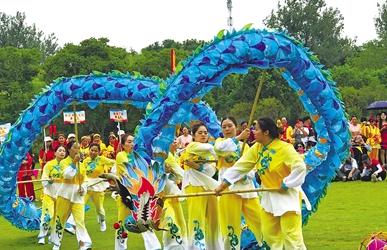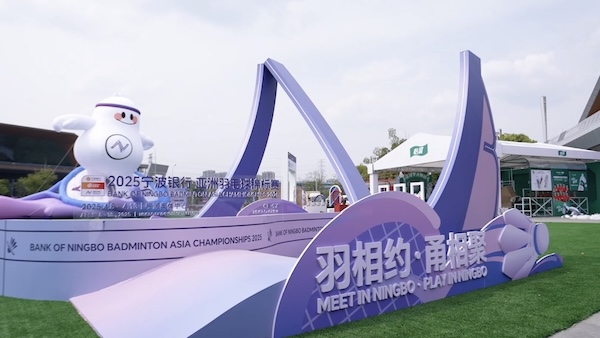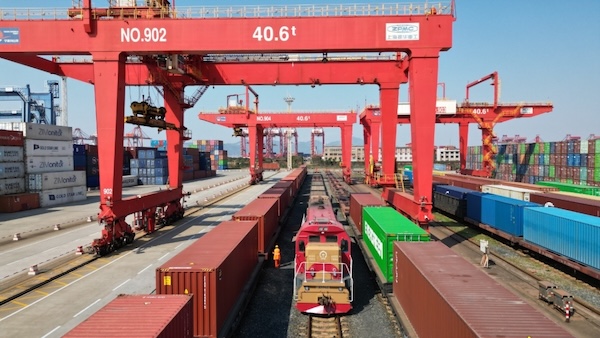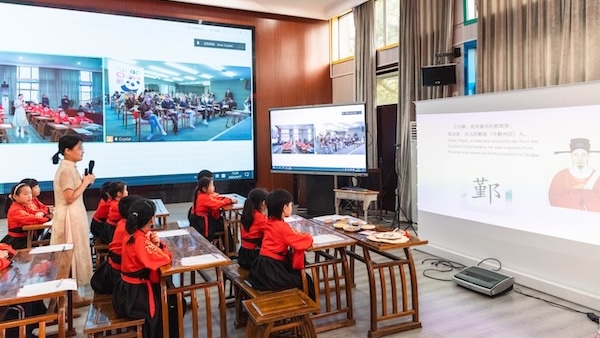Dragon dance gains in popularity in Ningbo

The dragon dance gains popularity in Ningbo, East China's Zhejiang province, in recent years. [Photo/cnnb.com.cn]
The dragon dance has been gaining popularity in Ningbo, East China's Zhejiang province in recent years.
The city has recently seen a sharp increase in its number of dragon dance teams, and most towns and sub-streets across the city now have their own teams. In Hengxi town, Yinzhou district, every village has their own dragon dance team.
Incomplete statistics from the Ningbo municipal association of folk artists show that the city now has more than 300 dragon dance teams.
The dragons used by the teams vary widely in material, ranging from cloth to grass, with the majority being made of cloth.
Dragon dance has a long history in the city. According to Ren Guofu, an inheritor of the Da'ao cloth dragon, a dragon dancing team was established in Da'ao village more than 100 years ago, and the tradition has been passed down until today.
In addition, the Fenghua cloth dragon, a national intangible cultural heritage item, has a history of more than 800 years in Tiaozhai village, Shangtian town, Fenghua district, Ningbo.
The increasing popularity of the dance in Ningbo can be largely attributed to local authorities' efforts to protect and promote the traditional activity.
The city has designated the dragon dance an official sports competition. In October last year, the city's first dragon dance competition was held in Fenghua, with more than 200 amateur dragon dancers on 12 teams participating.
A dragon dance training ground spanning an area of more than 18,000 square meters has also been set up in Hengxi town.
The dragon dance is even included as part of the curriculum in schools in Fenghua, and more than 800 students from Fenghua High School have signed up for the curriculum to date.

 Ningbo seabird project seeks international volunteers
Ningbo seabird project seeks international volunteers  Jakub's journey: From shipyard to sea
Jakub's journey: From shipyard to sea  Badminton Asia COO applauds Ningbo
Badminton Asia COO applauds Ningbo 


